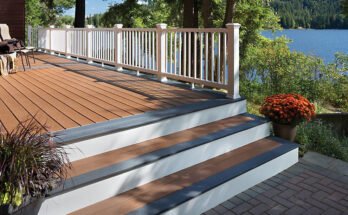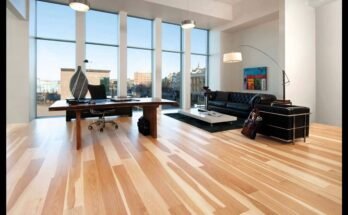Combustible Cladding Melbourne is trending like nothing else.
Different types of claddings are there, but the major types are still unknown to many commercial and residential customers.
A specific type of cladding can burn instantly if it catches extreme heat or light. The major issue with the metal composite panel and insulated claddings is that they relate to mainly multi-story structures. This is because of the possibility for a rapid-fire feast through external areas of the building. These products can burn quickly and melt at low temperatures.
It is crucial to note that the existence of external combustible cladding doesn’t mean it is a fire hazard. It relies on where the cladding has been installed and the overall fire safety measures.
Metal Composite Panels
Metal composite panels (MCP) are a portion of a cladding system on the outsidezones of structures and can be a diversity of hues, or you can find them in grey or colourless.
MCP can be found in different forms and can be cast-off in a diversity of ways, such as topping a wall’s part or covering the entire wall, or as an ornamental feature about doors and windows, on awnings, balconies, and signage on walls.

MCPs generally sandwich-type panels, somewhere between 2mm to 5mm thick, containing two external metallic sheets and a central material. MCP comprises products with external films of zinc and copper, but its common products use aluminum as the external layer. These are mentioned as aluminum composite panels (ACP).
The panel cores are made of different materials including polyethylene (PE) that may vary in terms of ability to allow spreading fire and combustibility.
The usage of MCP is common in buildings in the last 10 years but ACP has been used as a building product since the 1980s. So it may look a bit old-fashioned to you. The common industry of a few types of ACP involves ACP FR and ACP PE.
Insulated Cladding systems
Insulated cladding systems are also external wall systems, which include a bulk of foam insulation to a structural frame and later sealed, rendered and painted.
These systems are light in weight and have better thermal insulation properties because they use a profuse layer of insulating foam-like polystyrene and polyisocyanurate.
The system can be manufactured to recognize visually as they can look rendered bricks or concrete. But, tapping on their surface produces a distinct sound like a hollow thud that is opposite of the tapping sound of the concrete or brick.
How to recognize cladding?
Cladding comes in a huge variety of colors, or it can be colorless and grey. You can also use them in different ways, like around the windows and doors, covering an entire wall, on balconies, or part of it. You can ask your service provider to show you various cladding systems and follow you through a guide of the difference between them. Nobody knows better than the experts.
So it is suggested to consult the professionals and get the best Combustible Cladding Melbourne for your building.




